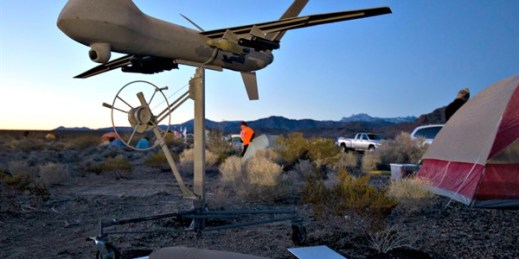Three recent stories about U.S. intelligence offer insights into how the massive effort to collect and interpret data about threats to the United States has performed over the past few years, and how that effort must increasingly deal with challenges from technology, bad actors and even from political leaders. The first story is about the planned release of old U.S. intelligence documents, which are straightforward enough. The second is the publicly acknowledged damage done to American signals intelligence from hacking or leaking. The third, and perhaps most troubling, is President Donald Trump’s startling statement while overseas in Asia that he […]
Intelligence Archive
Free Newsletter

America's wars will change as the enemies of tomorrow, whether extremist networks or hostile nations, acquire the ability to strike more directly at the United States. The way Americans think about armed conflict must evolve to incorporate this profound change to the nature of security. After the devastating Thirty Years War of the 17th century, the great powers of Europe narrowed their notion of what was acceptable in war. While seldom applying their new standards during often-brutal colonial conquests, the European powers—at least in wars among themselves—deemed it acceptable to kill enemy combatants but not civilians, to destroy enemy war […]
